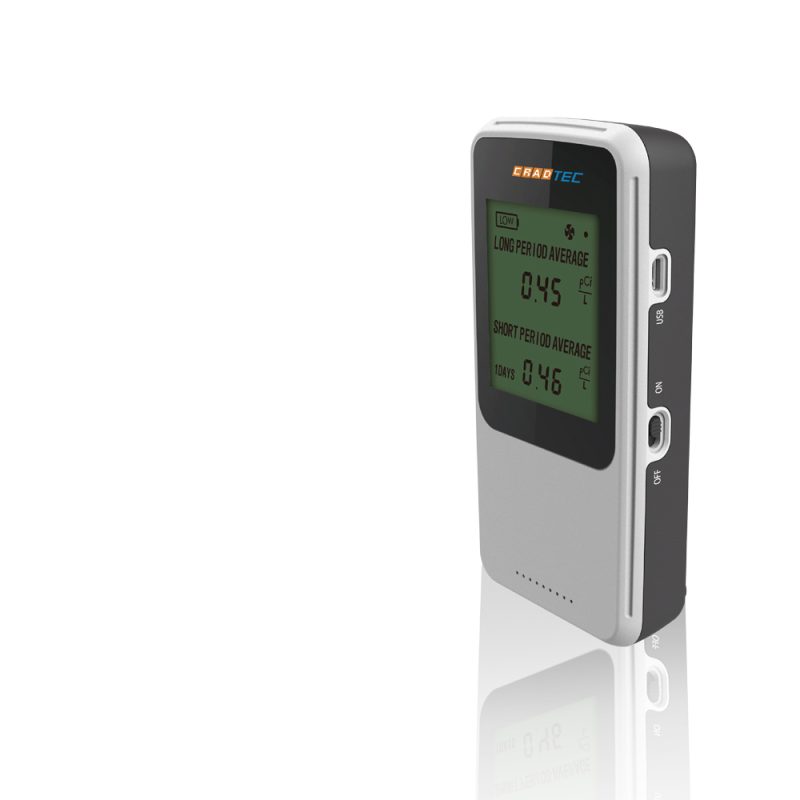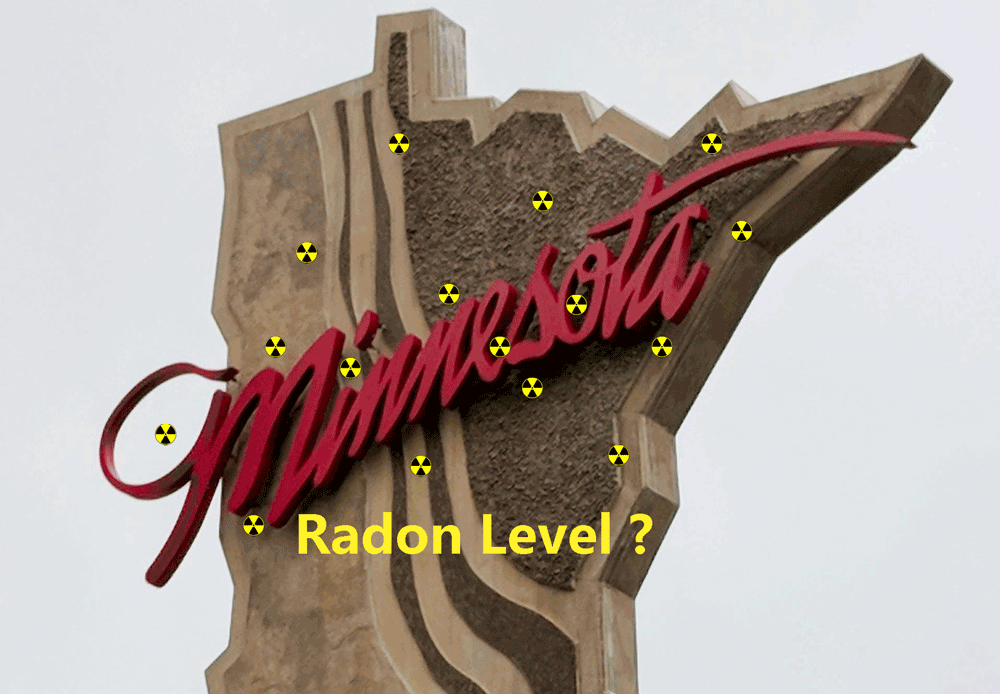About Radon, Knowledge
Radon in Minnesota
Radon is a significant concern in Minnesota, as it is in many other parts of the United States. Minnesota is known to have high levels of radon due to its geological composition, which includes a significant amount of uranium, the primary source of radon. Radon can seep into homes and buildings through cracks in foundations, gaps around pipes, and other openings in the ground.
According to the Minnesota Department of Health (MDH), approximately two in five homes in Minnesota have radon levels that pose a significant health risk. The state has conducted extensive radon testing and mapping efforts, which have revealed that radon concentrations vary widely across different regions of Minnesota.
In response to the radon threat, the MDH has implemented various initiatives to raise awareness about radon and promote testing and mitigation. These efforts include providing information and resources to homeowners, offering radon test kits at reduced prices, and training professionals to conduct radon testing and mitigation.
Minnesota law also requires that all new residential construction be built with radon-resistant features to help prevent radon from entering homes. Additionally, the MDH recommends that all homeowners test their homes for radon and take steps to mitigate elevated levels to reduce the risk of lung cancer.
Mitigation techniques commonly used in Minnesota include sub-slab depressurization systems, which vent radon from beneath the foundation to the outdoors, and sealing cracks and openings in foundations to prevent radon entry.
To aid in these efforts, Cradtec offers radon detection solutions that can be utilized by homeowners, professionals, and organizations across Minnesota. By incorporating tools like the Cradtec Radon Detector into testing and mitigation efforts, individuals can accurately assess radon levels in their homes and take appropriate action to reduce exposure.
Despite these efforts, many Minnesotans remain unaware of the dangers of radon and the importance of testing their homes. As a result, the MDH continues to work to educate the public about radon and encourage testing and mitigation efforts statewide.
In conclusion, radon is a significant health concern in Minnesota, with a substantial portion of homes having elevated levels of this radioactive gas. However, with increased awareness, testing, and mitigation efforts, individuals and communities can take steps to reduce radon exposure and protect public health. Testing for radon and implementing mitigation measures, supported by tools like the Cradtec Radon Detector, are essential steps in safeguarding the well-being of Minnesotans and reducing the risk of radon-induced lung cancer in the state.



